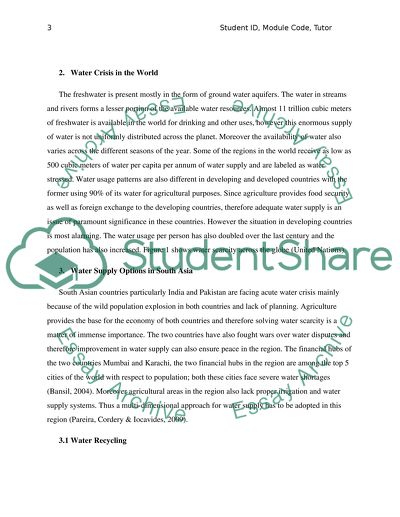Cite this document
(“Water Provision in the Developing World Essay Example | Topics and Well Written Essays - 1000 words”, n.d.)
Retrieved from https://studentshare.org/education/1454587-you-work-for-a-development-agency-which-has-been
Retrieved from https://studentshare.org/education/1454587-you-work-for-a-development-agency-which-has-been
(Water Provision in the Developing World Essay Example | Topics and Well Written Essays - 1000 Words)
https://studentshare.org/education/1454587-you-work-for-a-development-agency-which-has-been.
https://studentshare.org/education/1454587-you-work-for-a-development-agency-which-has-been.
“Water Provision in the Developing World Essay Example | Topics and Well Written Essays - 1000 Words”, n.d. https://studentshare.org/education/1454587-you-work-for-a-development-agency-which-has-been.


